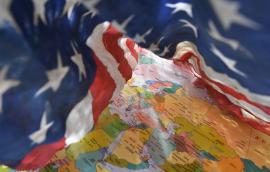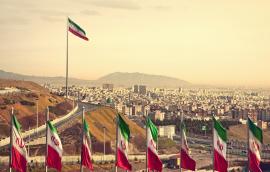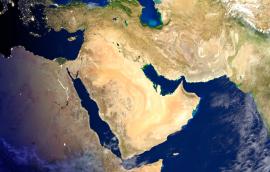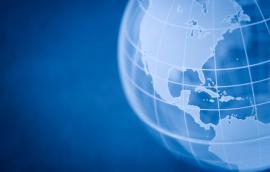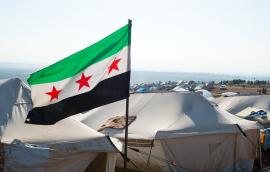Boko Haram: A New Islamic State in Nigeria
Currently the Nigerian state is undergoing a civil war, with the protagonist being the Salafi-jihadi group popularly called Boko Haram. During the years since 2011, Boko Haram has morphed from being a local Salafi-jihadi group into a major player in West African radicalism. During the period since July 2014, Boko Haram has clearly set the establishment of a physical Islamic state in Nigeria as its goal and has fought the Nigerian military to a draw. While there is some support among the U.S. foreign policy community for proactively combating Boko Haram, the Nigerian civil war is not one that commands much interest among Americans as a whole. Nor is it clear the manner in which aid for fighting Boko Haram could be rendered or what exactly would be the acceptable scope of such a conflict for the United States. In this paper, author David Cook argues that there are only extreme circumstances under which the United States should involve itself in the Nigerian civil war and that thus far this conflict does not coincide with those circumstances. However, it is possible that with Boko Haram set upon the establishment of an Islamic state there could come a set of circumstances under which this reality could change.
David Cook December 11, 2014
